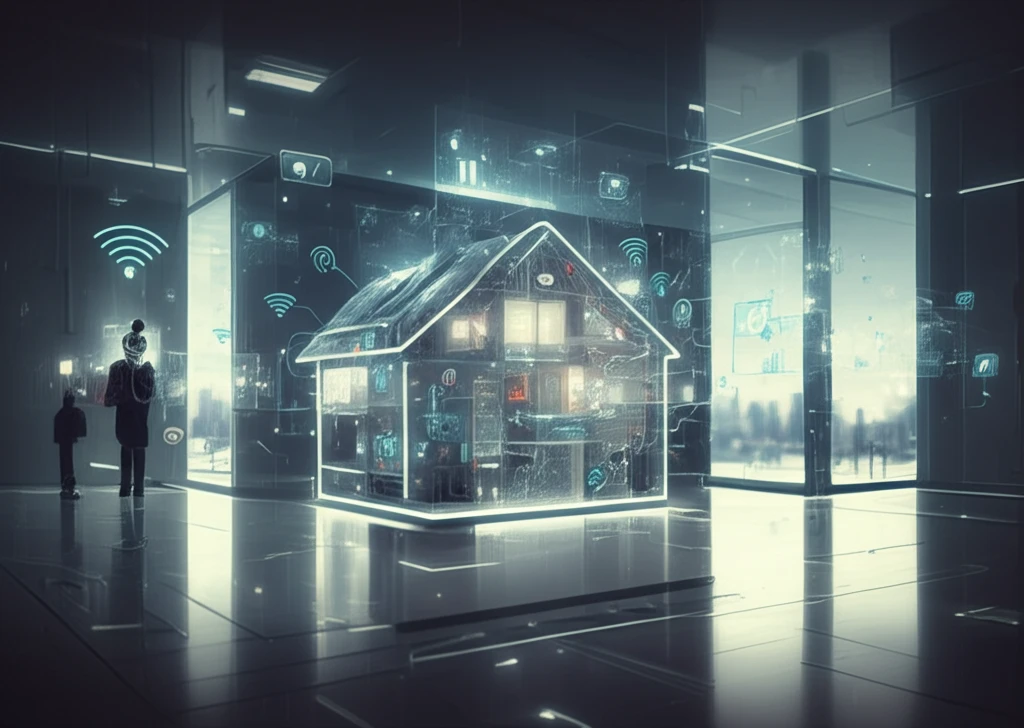
Smart Homes, Smarter Data: How AI is Revolutionizing Assisted Living
"Unlock the potential of intelligent environments in healthcare with real-time data annotation and simulation tools."
Imagine a home that anticipates your needs, monitors your health, and ensures your safety—all while respecting your privacy. This is the promise of intelligent environments (IEs), also known as smart homes. These aren't just futuristic fantasies; they're becoming increasingly vital in healthcare, security, and energy efficiency. At the heart of this revolution is the development of novel approaches to activity recognition, which helps us understand and respond to the patterns of daily life within these environments.
But here's the challenge: developing these AI-driven solutions requires vast amounts of high-quality data. Researchers need detailed, annotated datasets describing a wide range of activities performed within IEs. Unfortunately, access to this data is often limited by factors such as the high cost of sensor technology, the need for extensive physical space, and the time-consuming nature of setting up these environments.
To overcome these hurdles, a pioneering solution has emerged: the Intelligent Environment Experiment Assistance Tool (IEEAT). This innovative tool facilitates real-time partial simulation of environments, allowing researchers to simulate missing sensors and maximize the accuracy and consistency of data annotations. Let's dive into how IEEAT is transforming the landscape of smart home research and assisted living.
Why Accurate Data is the Cornerstone of Smart Home Innovation

In the world of smart homes, data is everything. It’s the raw material that fuels activity recognition algorithms, enabling them to identify patterns, predict needs, and respond accordingly. The more accurate and comprehensive the data, the better these algorithms perform, leading to more effective and personalized care.
- Improved Activity Recognition:Accurate annotations lead to better algorithms that can identify and predict user activities.
- Enhanced Trend Analysis: High-quality data enables more reliable trend analysis, helping to detect anomalies and potential health issues.
- Better Metric Generation: Precise data ensures accurate metrics, providing valuable insights into user behavior and environmental conditions.
- Reliable Decision-Making: With trustworthy data, smart home systems can make informed decisions, improving the overall quality of care and support.
The Future of Smart Homes: Accessible, Accurate, and AI-Driven
The Intelligent Environment Experiment Assistance Tool represents a significant step forward in the quest to create truly intelligent and responsive smart homes. By addressing the challenges of data collection, annotation, and sensor simulation, IEEAT is paving the way for more accurate activity recognition, better care, and enhanced quality of life for individuals in assisted living environments. As AI continues to evolve, tools like IEEAT will be instrumental in unlocking the full potential of smart home technology, ensuring a future where our homes are not just smart, but truly caring.
